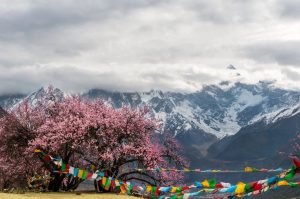
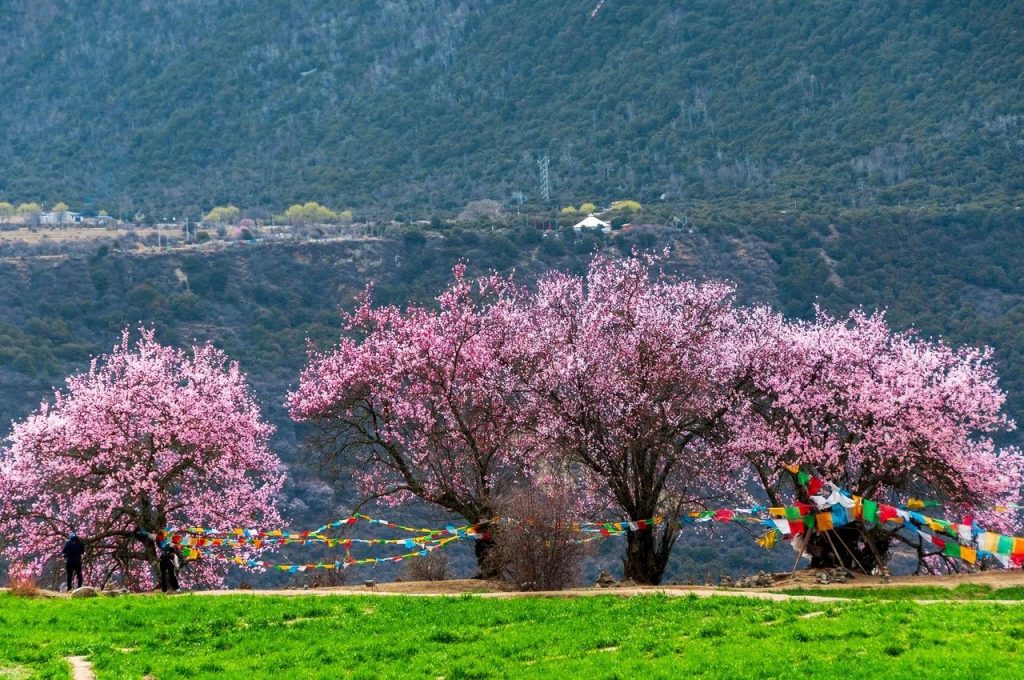
It is the peach blossom that has changed the travel season in Tibet, China. The people to discover the splendid spring scenery of Linzhi, Tibet first, must be travelers who went the other way, and embarked on such a wonderful journey in the snow-covered March.
Today I recommend 4 best flower viewing spots in our private collection. How beautiful are the peach blossoms in Linzhi? Come and see with us~
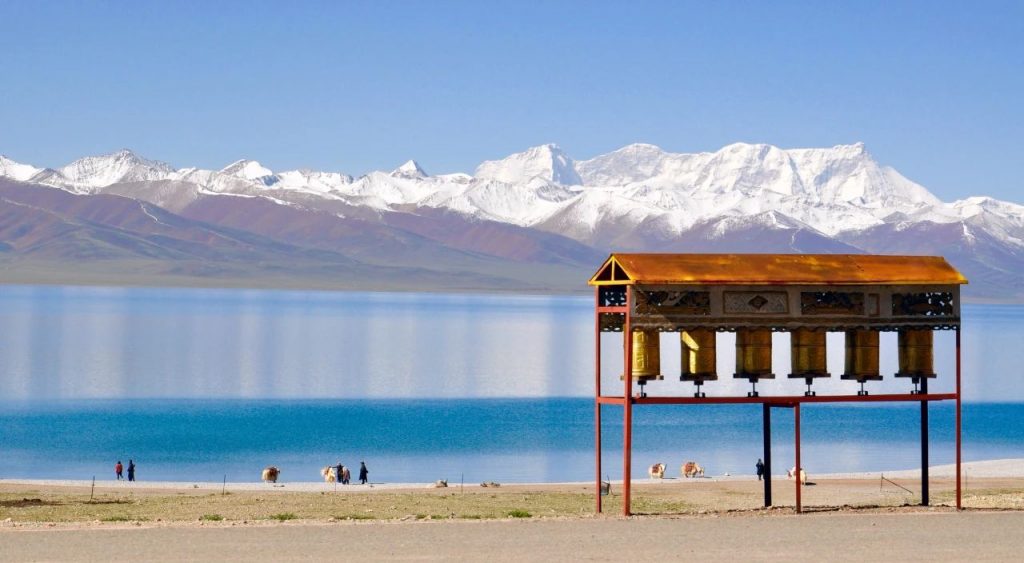
If your impression of Tibet is only the blue sky, white clouds and snow-capped mountains, then Linzhi will be a beautiful dreamland full of surprises. Linzhi is the only place in Tibet that isn’t with cold and elegant style. And it is also the first to rejuvenate. The hillsides on both sides of the Niyang River are like a pink fairyland. Against the backdrop of the green wheat fields, peach blossoms are everywhere, and the snow-capped mountains in the distance are clearly visible.
There is still ice under the glaciers in Antarctica, but peach blossoms bloom under the glaciers in Tibet. From March to April each year, Lhasa and the area west of Lhasa are still desolate or covered with snow and ice, but Linzhi has already bloomed in spring, which is the most beautiful season of the year. Wild peach blossoms decorate the fields of Linzhi everywhere, the flowers are clustered, and the pink spreads, telling people what the real Tibetan Jiangnan is!
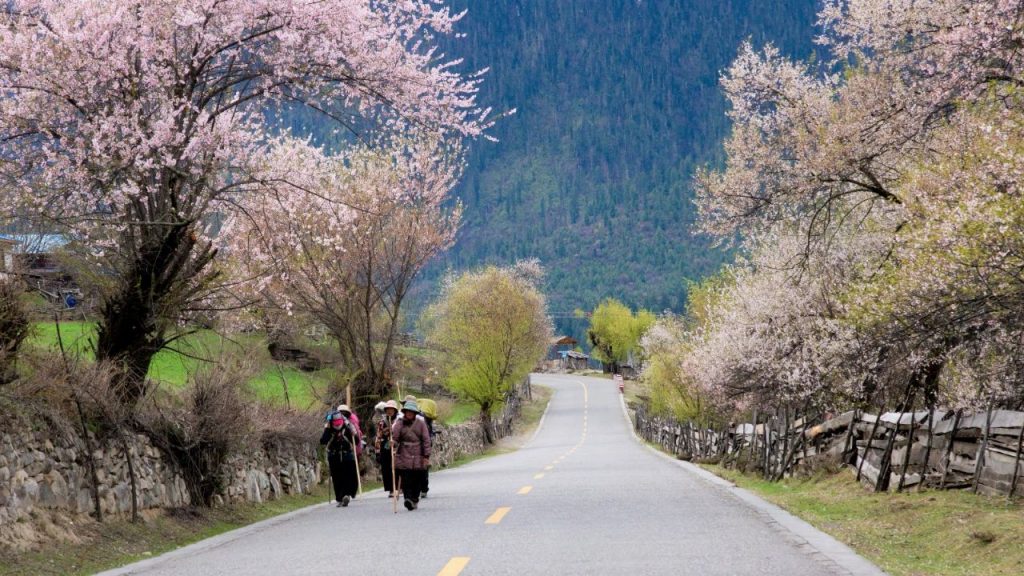
Travelers who are greedy for beautiful scenery rush to Linzhi when the peach blossoms are in full bloom. At this time, the peach blossoms are in full bloom against the blue sky and snow; and the blessing of the light makes the blossoming peach blossoms more dreamy. Peach blossoms bloom all over the fields and villages, accompanied by snow-capped mountains, woods, and tracts of rape blossoms. Every scenery is worth stopping and savoring. The following are the best flower viewing spots we recommend for you:
·”Peach blossom village”in Gala ·
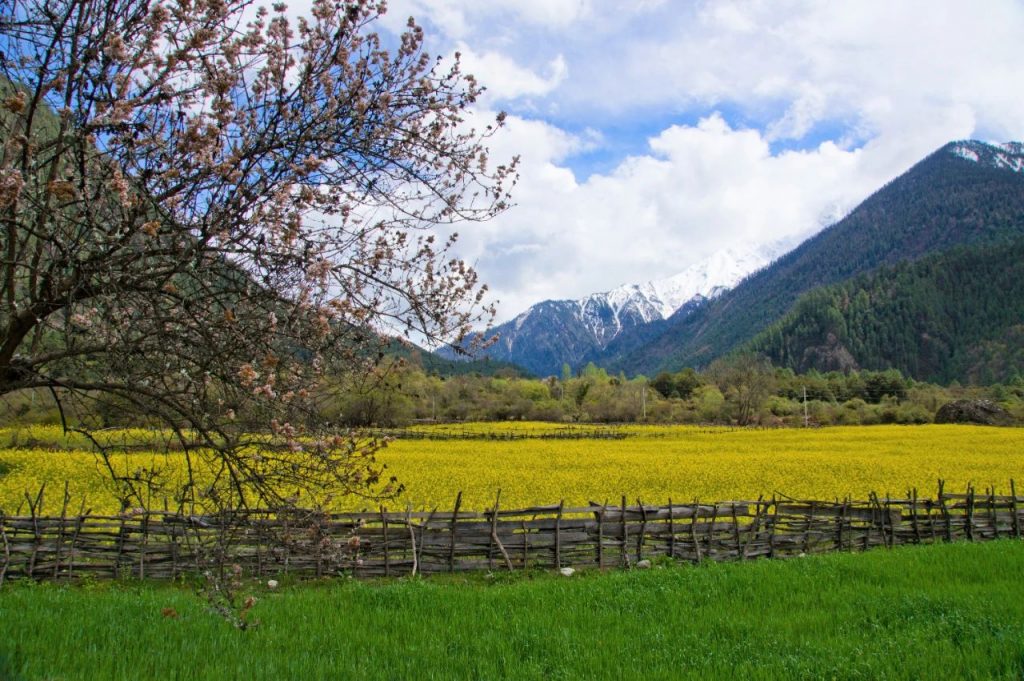
It is generally recognized that the three most prosperous peach blossoms near Linzhi City are “Peach Blossom Village” in Gala, Kasmu Village and Daze Village. In Gala Village, 5 kilometers east of Bayi along National Highway 318, there are usually official events, and the famous Linzhi Peach Blossom Festival is also held here.

The Linzhi Peach Blossom Festival is a festival that complies with nature. The dates are different every year. You can only determine the schedule depending on the mountains, rivers and spring buds. Officials will hold a series of singing and dancing folklore performances and celebrations in places in the good scenery. Don’t miss this most popular tourist festival in Linzhi!
· Basongcuo ·
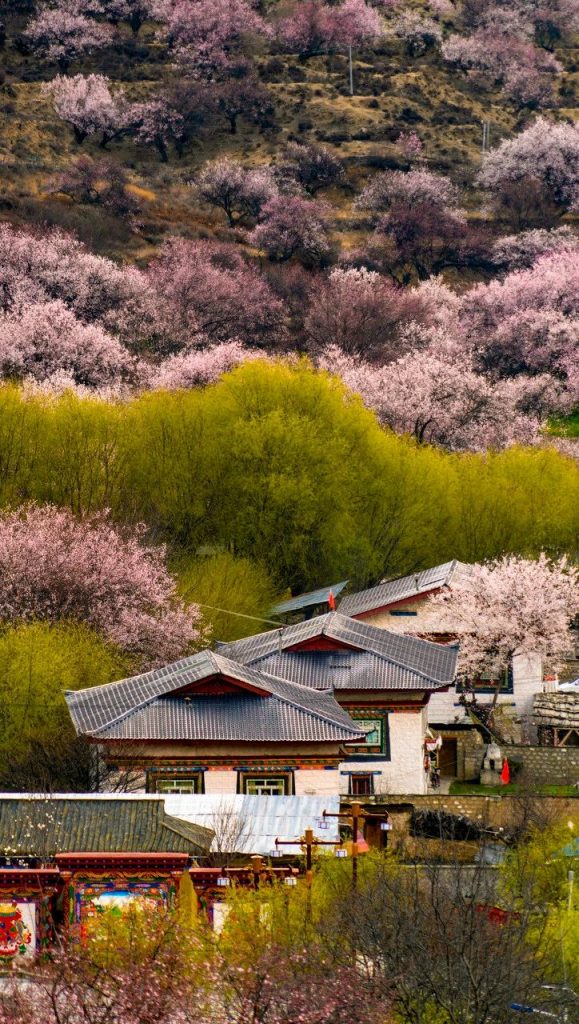
The most worthwhile place to stay in Gongbujiangda is the Basongcuo area, which condenses almost all types of landscapes in southeastern Tibet. It is also called Cuogao Lake, with a length of about 18 kilometers, an average width of 1.5 kilometers, and dozens of snow-capped mountains around it. The lush forest has peach blossoms and azaleas in spring, matsutake mushrooms in summer, red leaves in autumn, and superb snow scenes in winter. Although the Basongcuo peach blossoms are not the most numerous, there is an old peach pine tree on the center of the island. The peach blossom on the pine leaves, probably you will never meet another one in your life.
· Qingduo Town and Songzong Town ·
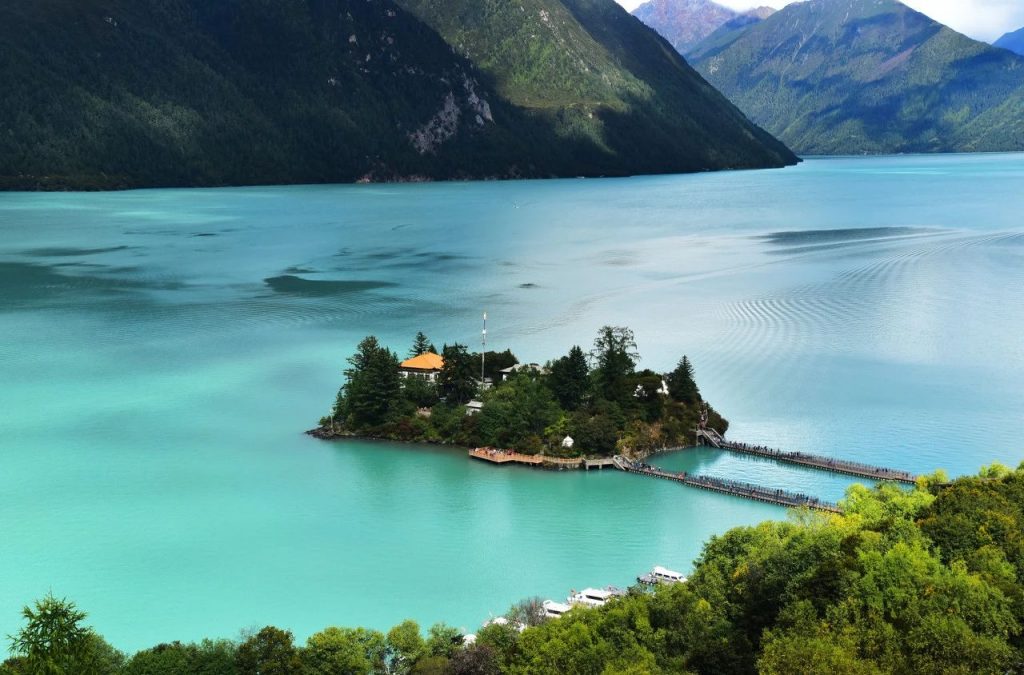
Peach blossoms in Bomi will always bloom earlier than that of Linzhi. The surrounding snow-capped mountains have not yet melted. The large peach blossoms and endless snow-capped mountains are scenery that can only be seen on National Highway 318. Normally, the flowering period of Bomi is about 10 days earlier than Bayi. Don’t just stay in the Palong Tsangpo Canyon, you might as well go into the Qingduo Ditch. Qingduo Ditch is located in Qingduo Town on the north side of National Highway 318. To get to Qingduo Town, you need to pass through Runa Village. There are all kinds of wild peach trees growing there, in various shapes and forms. The peach blossoms bloom in March and April every year. The mountains and plains are so beautiful that it is called “Peach Blossom Island”.
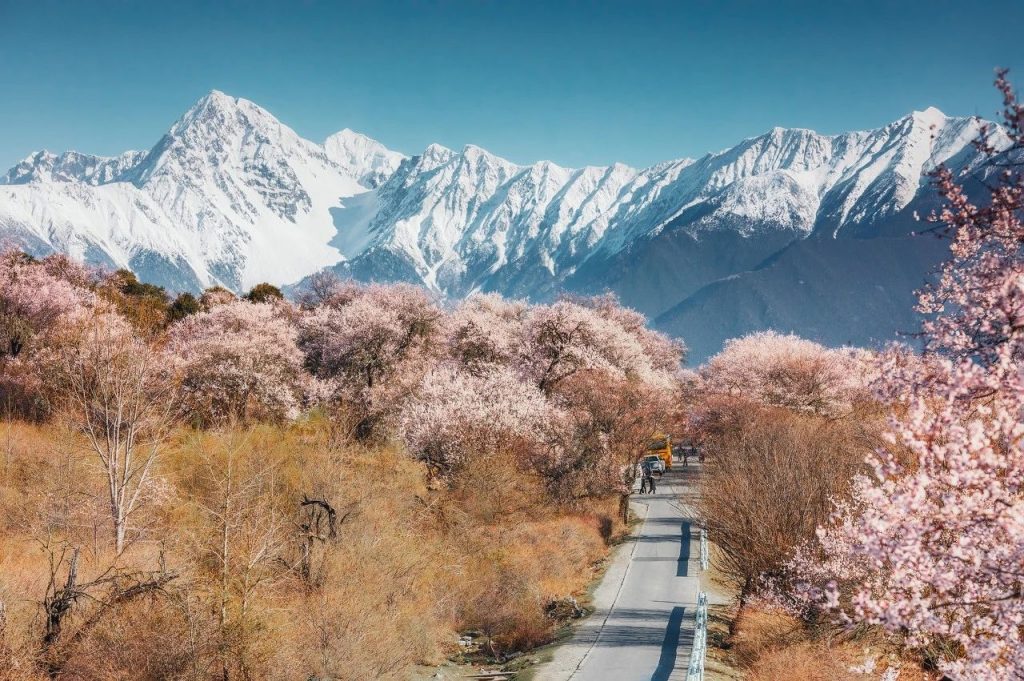
After walking to Qingduo Town, it is also wonderful to take photos of peach blossoms and Qingduo Temple at high altitudes, especially when Qingduogou is set off by the spectacular glaciers. If you continue from Qingduo Town to Yuxu Township, you will find Dongyou Village and Baiyu Village on the road, two best place for enjoying peach blossoms that tourists usually do not know. After returning to Bomi County, proceed from the county seat to Songzong Town via National Highway 318, where there is also a sea of peach blossoms and snow-capped mountains. Because the scale is so large, no one will compete with you for the filming spot even on the 318 National Highway.
· Suosong Villiage ·
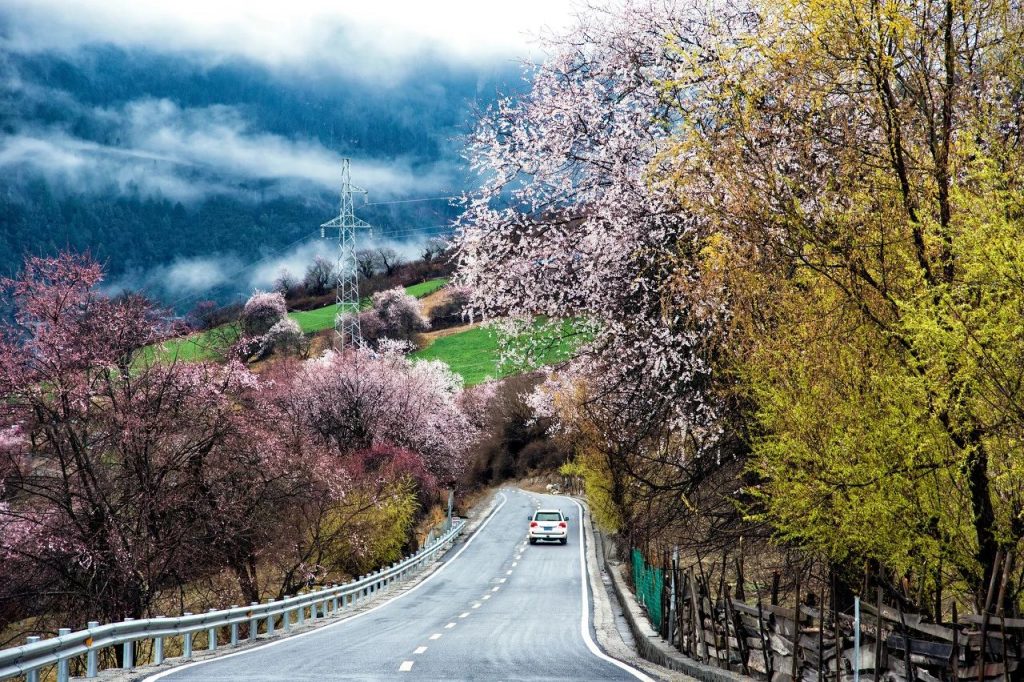
If your journey must temporarily leave National Highway 318 for a while, it must be to the Yarlung Zangbo Grand Canyon south of Nyingchi. Although as a “unarmed” traveler, you can only look at the entrance of the Grand Canyon, the torrential torrents that are bound by nature, the eternal glaciers and snow-capped mountains, and the extremely charming, flower-filled canyon villages, will make you obsessed.

The Yarlung Zangbo Grand Canyon is also a good place to take photos of peach blossoms. In late March, the snow-capped mountains against the backdrop of peach blossoms are also one of the superb views on earth. The entrance and Suosong Village have always been popular spots for shooting. Suosong Village is famous for its peach blossom snow mountain landscape, with the Yarlung Zangbo River at its feet, and Nanga Bawa Snow Mountains, peach blossoms, fields and forests in front of them. There is no other source of peach blossoms.
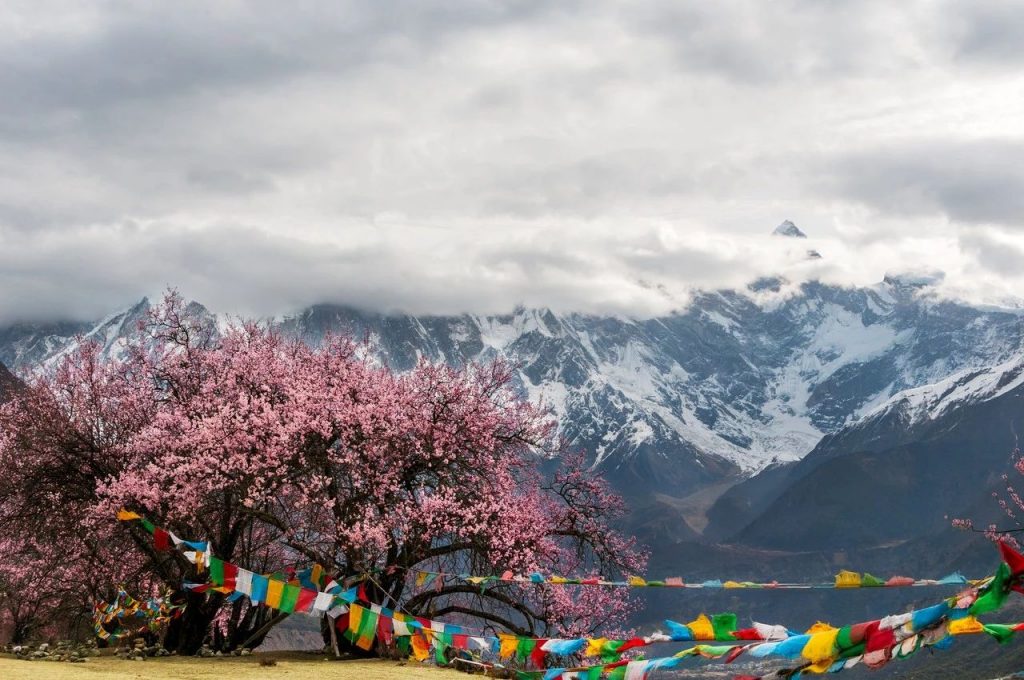
We recommend that you stay in the Grand Canyon for at least one or two days. It is easy to see the changing scenery of the canyon and snow-capped mountains early in the morning or at night. Hiking is the best way to visit the Grand Canyon. One of the best sections is Suosong Village on the north bank of the river to reach Lin Village, and Suosong Village is also your best choice of accommodation for hiking in the Grand Canyon. Most of the village houses in the village have very good snow-capped mountains and canyon views, and you can also eat local food, which is a rare experience.
· Tips before trip ·
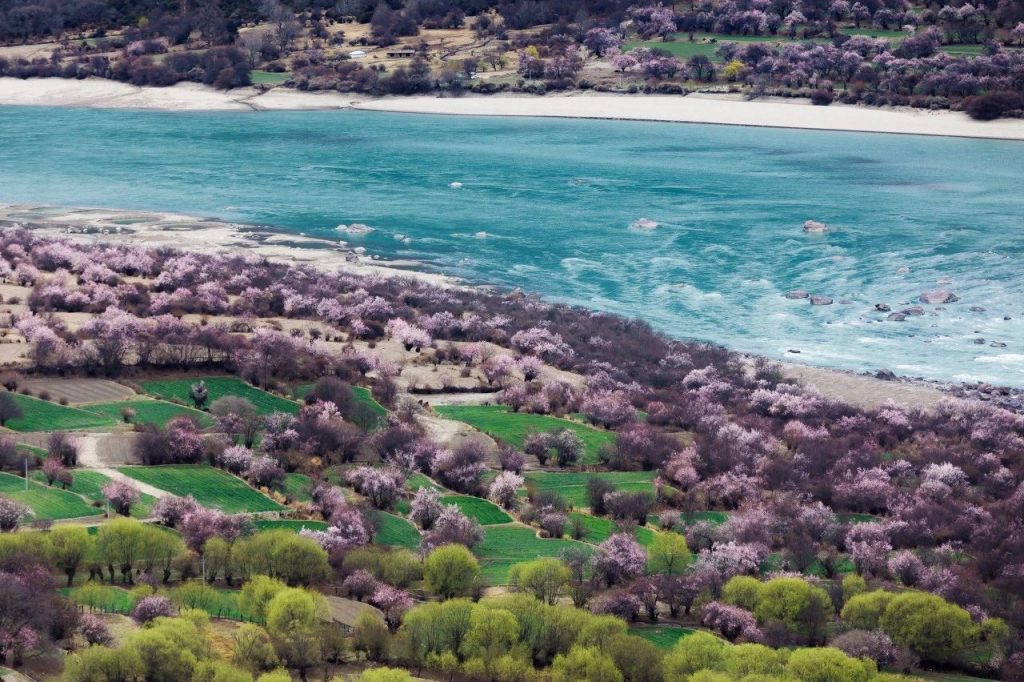
-Linzhi Milin Airport-
The airport is located in the Yarlung Zangbo Valley so landing is very difficult. After noon, the weather conditions are not suitable for taking off and landing, so the flights are basically concentrated in the morning. Because of weather conditions, flight cancellations happen from time to time, so you need to be prepared to adjust your itinerary. It is worthwhile to take a flight to and from Lhasa in winter and spring. You can see countless unreachable mountain lakes in the snow-capped mountains from a high altitude.

-Self-driving-
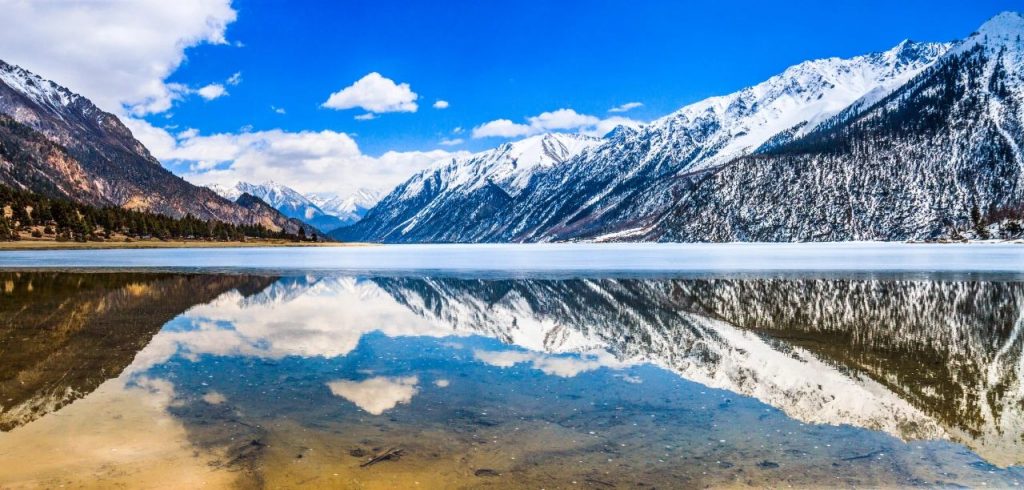
The Linzhi section of National Highway 318 is in good condition, and you can also use the Gongbujiangda to Bayi to Milin Airport highway to connect Basongcuo and the Grand Canyon more quickly. The only danger is that Sejila Mountain in winter and spring is very icy and requires careful driving. Bayi’s gas station is beside National Highway 318 at both ends of the town.
– Local Transportation –
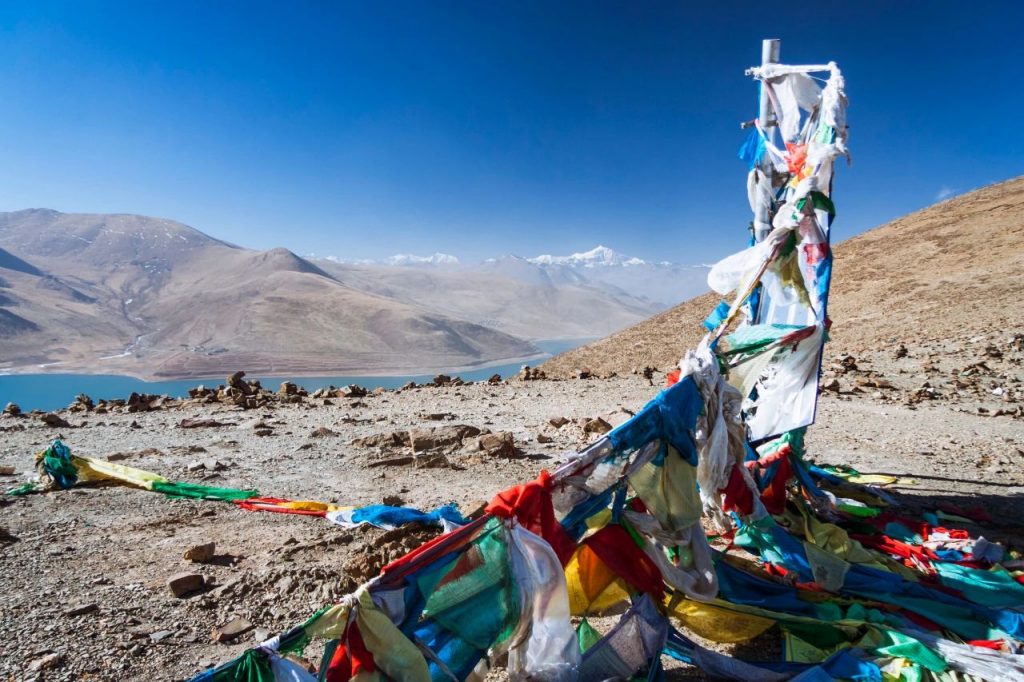
Arriving and departing from the airport, the airport shuttle bus runs between the airport and the Civil Aviation Bureau opposite to the Bayi Xincheng Youth Apartment, usually only at 7 o’clock in the morning (RMB 25). If you don’t catch up, you can take the shuttle bus bound for Milin County or the Yarlung Zangbo Grand Canyon at the Passenger Transport Center, and get off at the airport. It takes about 80 minutes and is also RMB 25; Taking a taxi costs RMB 10 in the old town, RMB15 yuan between the old town and the new town. If go outside city, negotiate prices with the drivers. If need to book a car to surrounding attractions, direct booking with the innkeeper. It is the most convenient way. Usually they are providing booking and sharing ride service.
· Responsible tourism ·
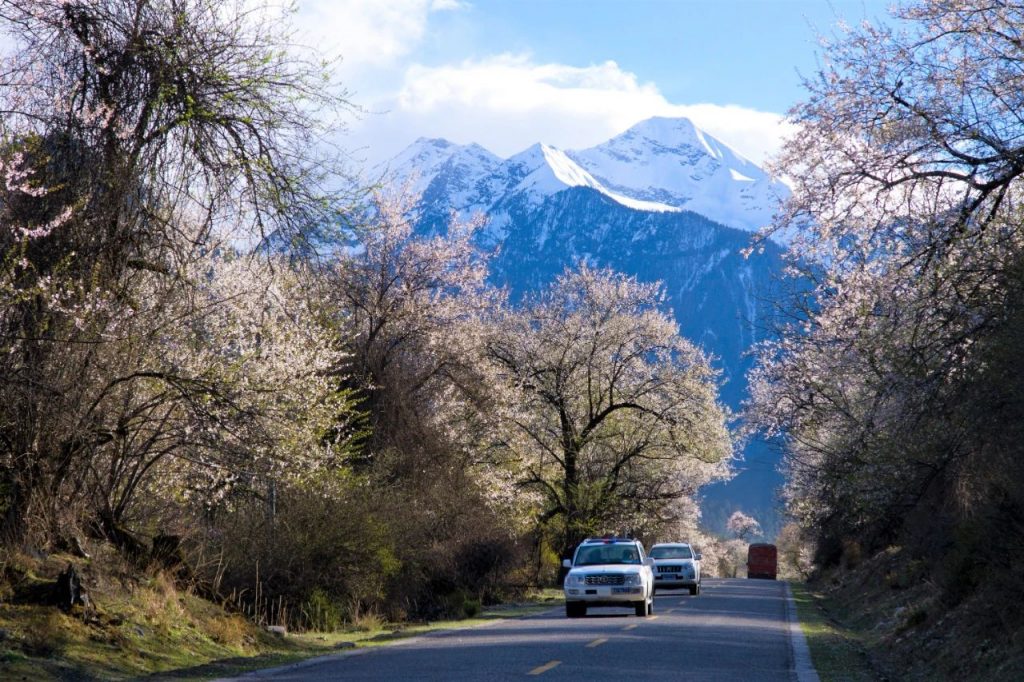
– Responsible photography –

It is not allowed to enter the temple hall without permission, photography or video recording is also required permission, and the flash cannot be used. The red light when focusing will also damage the cultural relics. Many ancient buildings need to be photographed for a fee. Please make sure you have enough money in your pocket. Unless you get permission, don’t film private or religious events. If you agree to send photos, you must fulfill your promise. When photographing pilgrims, they need to get their permission. For the special folklore such as celestial burial, please put your curiosity away and never watch or take photos. When photographing animals, inappropriate behaviors that affect or harm them should not be done.
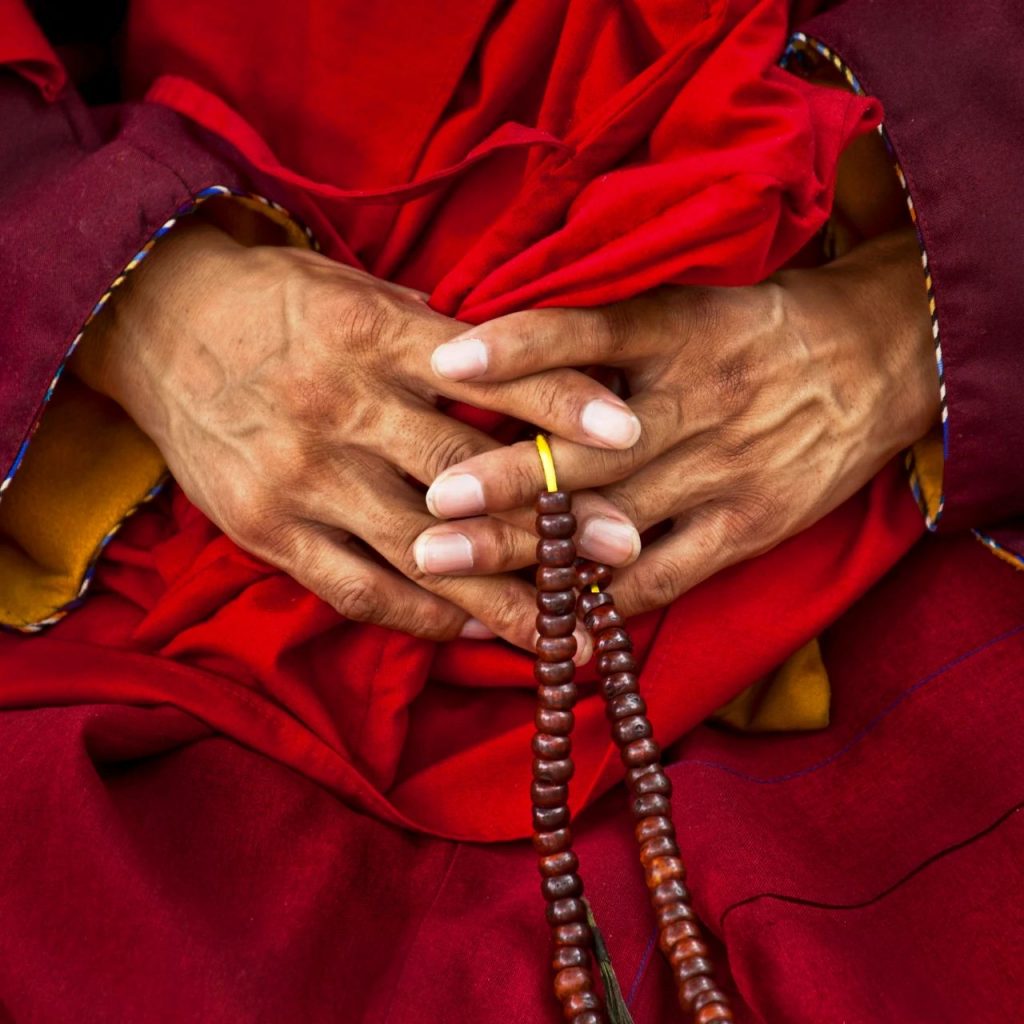
-Take away your trash-

Try to use environmentally friendly and biodegradable products. When participating in outdoor activities such as mountain climbing, hiking, etc., do not bring garbage into the natural environment or bury it on the spot, especially waste batteries, plastic bags, plastic bottles, etc. It is best to pack them back to the city for centralized disposal. Do not throw rubbish and cigarette butts in the streets, scenic spots or the wild.
-Protect wild animals and plants and do not purchase endangered animal and plant products-
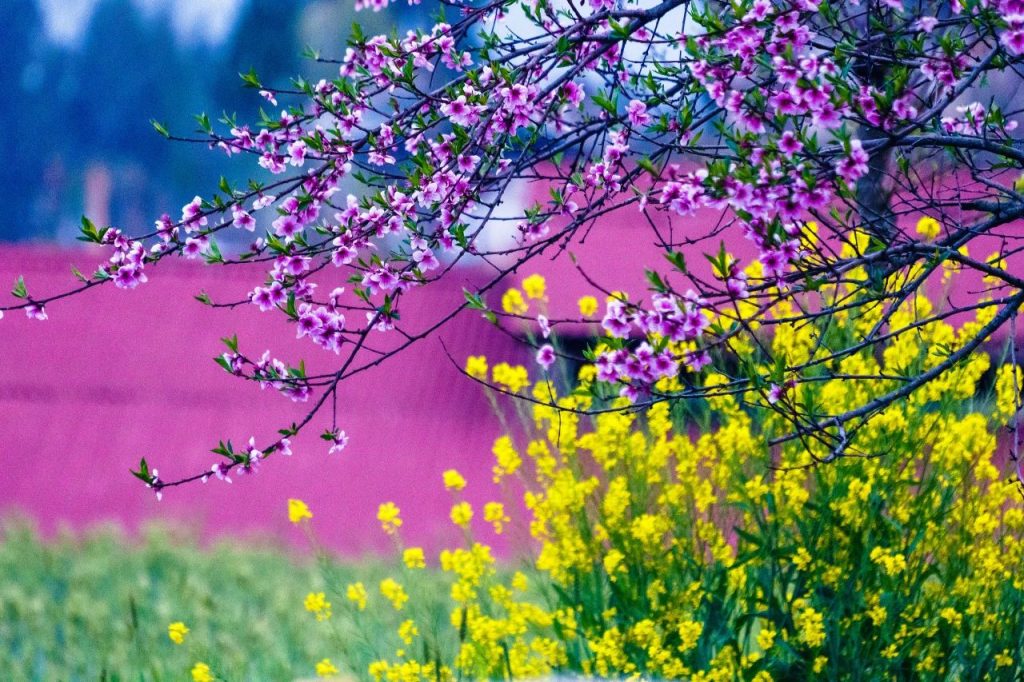
Don’t pick flowers and plants in the natural environment; don’t destroy animal nests; refuse to buy wild animals or wild animal products, such as Tibetan antelope, snow leopard, brown bear, etc.; refuse to participate in hunting; refuse to buy rare plants; refuse to enter game restaurants. If you encounter illegal hunting (gathering), selling, or purchasing nationally protected wild animals and plants, please report to the Forest Public Security Bureau (0891-6826126) of the Forestry Department of the local autonomous region.
Comments